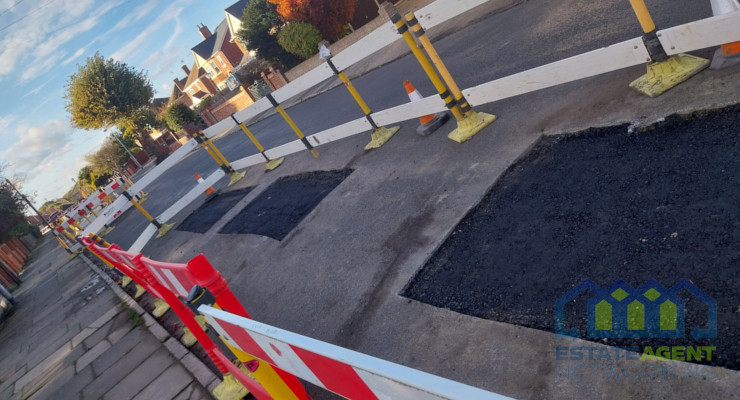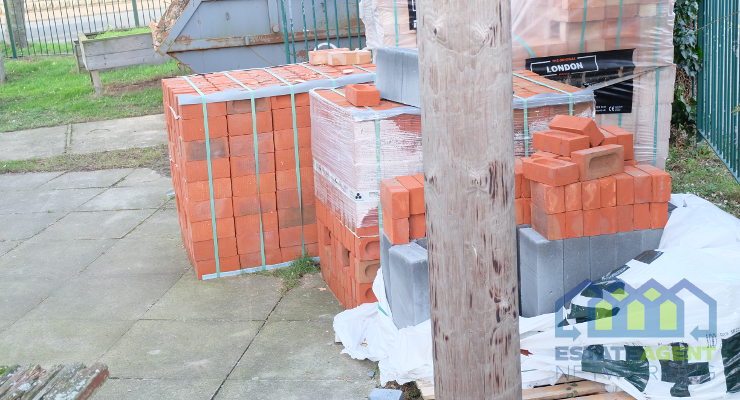What Is The Effect Of Rain On Asphalt Pavement?
There is a reason why seasoned asphalt paving professionals suggest preventive asphalt maintenance. A bit of April rain shouldn’t affect your pavement if you’ve already taken the necessary precautions to protect it. But if you’re left to your own devices, minor cracks, depressions, and potholes can wreak havoc in the spring.
Water loosens the asphalt aggregate bonds
If you have cracks in your pavement, it’s vulnerable to water. Over time, the water can slowly wear away your asphalt, getting into and weakening the layers that make up your pavement. Wisconsin has some pretty wild weather, so if you have a lot of standing water in your garage or parking lot, it’s not a good thing. Standing water usually happens in the spring, and it’s constantly freezing and thawing, which makes the water molecules shrink and expand. This causes stripping, which weakens the aggregate and bond between the binder. This makes your pavement more vulnerable to damage in the future. If water gets under your pavement’s sub-base, it can even damage the structural integrity. If you don’t take care of it, your crack will only get bigger and worse, and before you know it, your garage will be full of alligator cracks and you’ll have an unsightly and unsightly pavement.
Solutions
Seal Coating
If you want your asphalt to last longer, sealcoating is the way to go. It’s a process that adds a thin layer of liquid to protect your pavement from damage caused by UV rays, water, rain, snow, and fluids from cars. It’s a great way to stop cracks from forming and make sure your pavement lasts as long as possible. It’s recommended that you get sealcoating done every 3 to 5 years to make sure your investment is protected.
Drainage
Water drainage is a big part of the asphalt installation process, so when you’re building a parking lot or driveway, contractors need to make sure they’re taking advantage of any grassy areas or inlets that can be used to direct water. You can find out more about how grading and sloping work into the asphalt installation process in this blog.
Porous pavement is a great way to keep water drainage in check. It lets rain or snow melt go straight through the pavement and into a rock recharge bed, where it can filter back into the ground and groundwater. Plus, it’s a great way for businesses to get tax breaks.
Pavement maintenance
If you want to make sure your pavement is in good shape, it’s important to keep an eye on it. Standing water and rain won’t be able to take advantage of any weak spots if there aren’t any. It’s easier and cheaper to fix small cracks than bigger ones, so it’s best to take care of them right away. Keep an eye out for cracks, potholes surface slippage, potholesdivots, pooling water, and other imperfections. Cracks are easy to fix, but why do you need to pay attention to pooling water too? Puddles could be the result of a section of the pavement settling down, which could mean there’s a sub-base issue.
Get all your paving issues solved with professional help from Paving People and get a permanent solution for your pavement problems.









